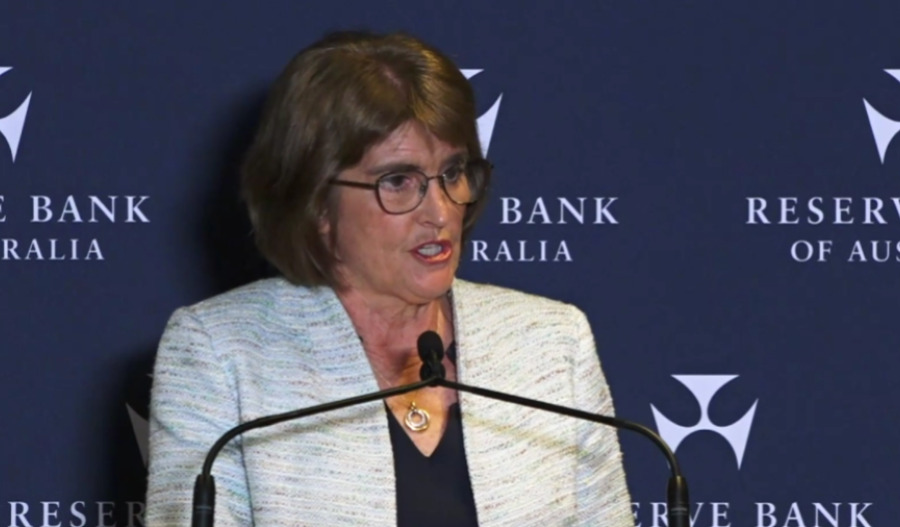The Reserve Bank of Australia (RBA) believed it could continue to be patient about changing interest rates, with future decisions to be driven by economic data, according to the Minutes of the last RBA Monetary Policy Board meeting published on Tuesday.
The RBA decided to leave the official cash rate unchanged at 3.60% at its November meeting because the September inflation increase had been larger than expected, the labour market was tight, and the effects of previous rate cuts were not apparent yet.
The Board’s strategy to be guided by data and remain cautious could imply a more gradual easing in policy than had been assumed in the August forecasts if certain conditions materialised.
“Given that, Members determined that they could afford to be patient while assessing what the incoming data reveal about their judgements on the extent of spare capacity, the outlook for the labour market and the degree of restrictiveness of monetary policy,” the Board said.
The market pricing used to condition RBA forecasts implied no further cuts in the cash rate in 2025 and one cut of 25 basis points by late 2026, and more than half of market economists did expect rate cuts in 2025 or 2026, the Minutes said.
Board Member observations of economic conditions suggested that there could be a little more underlying inflationary pressure than previously assessed.
GDP growth in Australia was forecast to stabilise around its potential growth rate from late 2025, based on market expectations for 30 basis points of additional easing in the cash rate over the year ahead, about 30 basis points less than assumed in August.
The unemployment rate was forecast to be close to 4.5% throughout the forecast period, consistent with GDP growth settling around its potential rate.
“Members noted that these forecasts imply there is unlikely to be significant further easing in capacity pressures over the forecast period if the cash rate follows the market path,” the RBA said.
Although RBA staff did not expect quarterly inflation to be as strong in the December quarter as in the September quarter, underlying inflation was now expected to be above 3% until the second half of 2026.
Developments that could materially influence RBA decisions in future meetings included the recovery in demand, the economy’s supply capacity, the restrictiveness of monetary policy, labour market weakness, and inflationary pressures.



